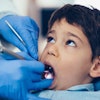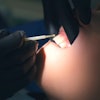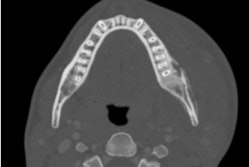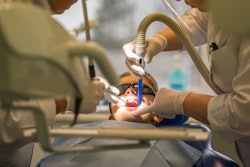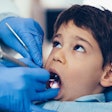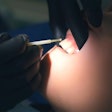Dental diseases and oral health disparities continue to affect adolescents and young adults worldwide, with noncarious conditions rising significantly, according to a study recently published in the International Dental Journal.
Furthermore, greater focus on oral health may be needed for this population, especially for female patients, older teens, and those living in low- and middle-income countries, the authors wrote.
“Despite the decline in prevalence, the burden of oral diseases remains, highlighting the need for more effective prioritisation of oral health care for adolescents and young adults,” wrote the authors, led by Wei Lu of Shandong First Medical University in China (Int Dent J, June 26, 2025, Vol. 75:4, 100875).
The study used cross-sectional data from the Global Burden of Disease Study 2021 to assess the global impact of oral diseases. It examined age-standardized prevalence (ASPRs), incidence, and disability-adjusted life-year (ASDR) rates along with age-standardized rates (ASRs) and average annual percentage changes (AAPCs) across age groups, sexes, social-development index (SDI) levels, and 204 countries and territories from 1990 to 2021.
Oral diseases were classified into caries and noncarious oral diseases (NCODs). Other oral disorders included conditions like tooth development issues, pulp diseases, mucosal lesions, and temporomandibular joint problems. Data sources included epidemiological surveys, hospital records, vital statistics, disease surveillance systems, academic research, and policy reports, they wrote.
Between 1990 and 2021, the global ASR of oral diseases slightly declined from 35,408 to 34,004 per 100,000 people, with an average AAPC of -0.13. Males experienced a slightly faster decline (AAPC: -0.14) than females (AAPC: -0.12), though females consistently had higher prevalence and disability rates.
The most notable changes occurred between 2015 and 2019, and the steepest ASPR drop was seen in 10- to 14-year-olds (AAPC: -0.33), while rates remained stable for 15- to 19-year-olds and decreased for 20- to 24-year-olds. In contrast, the ASDR dropped for 10- to 14-year-olds but rose for ages 15 to 24, they wrote.
Caries prevalence declined overall, especially in younger age groups, while NCODs increased among 15- to 24-year-olds. Additionally, in 2021, over 75% of people with oral diseases lived in low- and middle-SDI countries, which also had the highest ASPRs and ASDRs, showing a strong inverse relationship between oral disease burden and SDI levels (p < 0.001).
However, the study had limitations, as it did not thoroughly account for risk factors like diet, tobacco use, and access to care, the authors wrote.
“Strengthening prevention strategies, promoting early intervention, and improving access to dental care, especially for individuals affected by NCODs, will be essential for alleviating the global oral disease burden in the decades to come,” Lu and study co-authors wrote.

